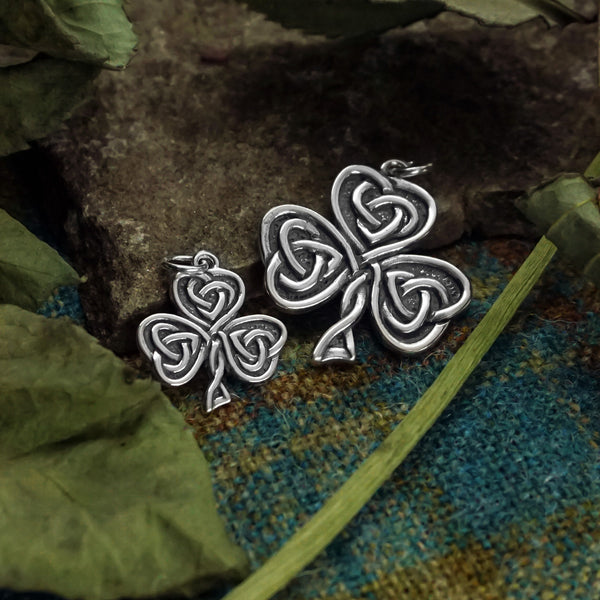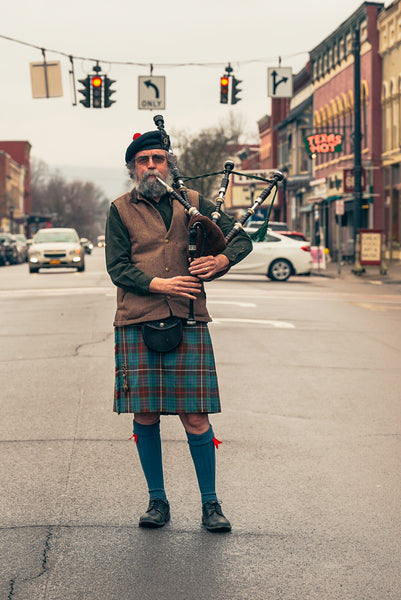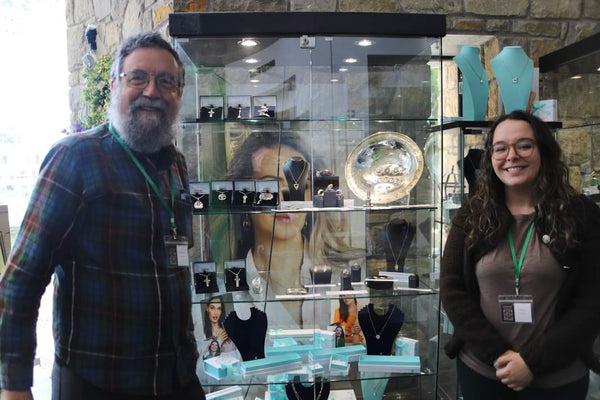

 interlace was being used to decorate Gospels and symbols of Christian faith such as crosses. Religious and secular use of Celtic Art cannot be seen as expressing any national identity prior to the Norman invasion, especially when it is recognized that at this time several peoples, the Irish, the Picts, the Scots of Dal Riada and the Northumbrians all had artists that excelled in the style. The nearest neighbors, the southern Anglo-Saxons, the Welsh and many continental religious communities also produced manuscript decorations in the Celtic or “Hiberno-Saxon” tradition. During the “Golden Age” of Celtic art, 7th to 10th centuries, the style and vocabulary of ornament was an international style throughout the region.
interlace was being used to decorate Gospels and symbols of Christian faith such as crosses. Religious and secular use of Celtic Art cannot be seen as expressing any national identity prior to the Norman invasion, especially when it is recognized that at this time several peoples, the Irish, the Picts, the Scots of Dal Riada and the Northumbrians all had artists that excelled in the style. The nearest neighbors, the southern Anglo-Saxons, the Welsh and many continental religious communities also produced manuscript decorations in the Celtic or “Hiberno-Saxon” tradition. During the “Golden Age” of Celtic art, 7th to 10th centuries, the style and vocabulary of ornament was an international style throughout the region.
Last year I’ve bought a necklace pendent with a Celtic symbol. I didn’t know what it meant, but the pendent just felt right. Later on I’ve asked several people here in The Netherlands what this symbol means and The two things they told me was that it symbolizes Holy trinity and The three stages of being a woman : young girl, fertile woman and the menopausel woman/elder wise woman. Thanks for your story I now know more about the history of my pendent a"triquetra" or “Trinityknot” and that it’s not a original Holysymbol. I’m a fan of your work. One day I hope to buy one of your beautiful pieces for I would wear it/them proudly. I wish you and your company al the best and I’m looking forward to future pieces. God bless you. With kind regards, Eva-Rose Smith
Comments will be approved before showing up.


Thousands of photographs were taken. Help find at least one.
Were you a tourist in London, Dublin or Paris in 1975 – 1978? Did you see a street performer playing bagpipes? Did you take his picture? Was it Steve Walker? If you can share that picture with Walker Metalsmiths you could score some sweet Celtic jewelry.

Shane
September 22, 2021
Hello,
Thank you for the excellent article. I’ve been researching knots found on my family gravesite in Borris, Ireland but as you described here, finding symbolism associated with each knot is difficult, if even possible. In the picture at the top of the article, the pendant on the right (smaller one) is the same knot that appears on the Celtic cross at my family’s resting place. Do you know if there is any assessed, or hypothetical symbolism or meaning associated with it? Your picture is the only place I’ve seen this knot. Any insight you may offer would be greatly appreciated. Thanks again, Shane.